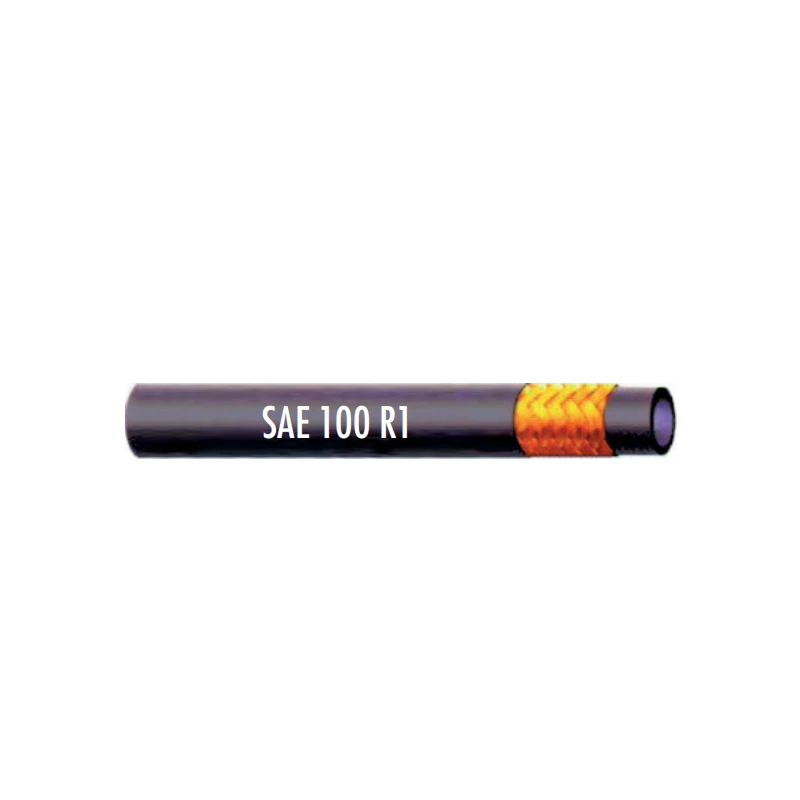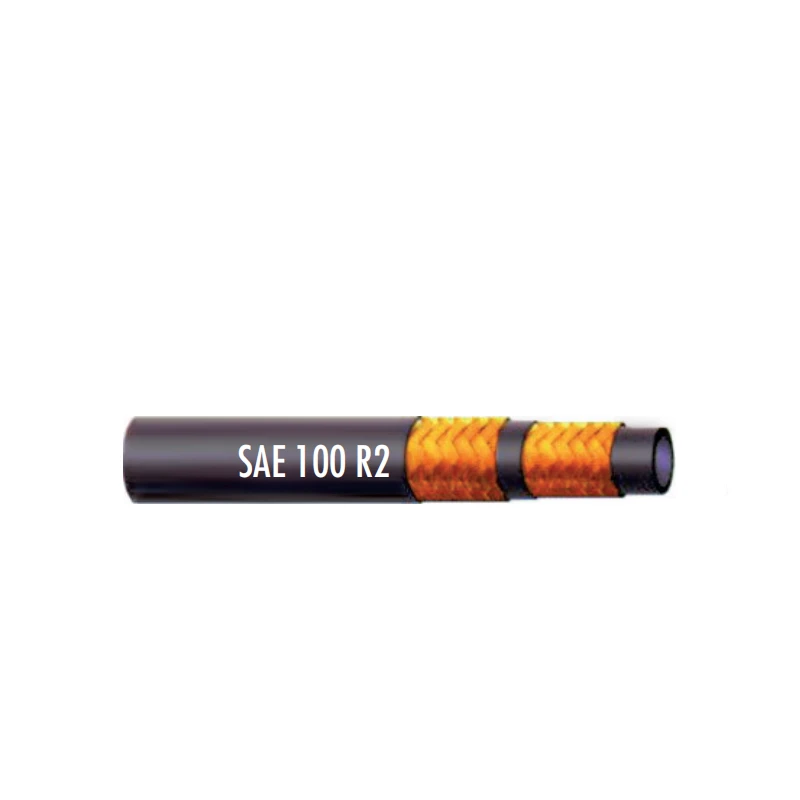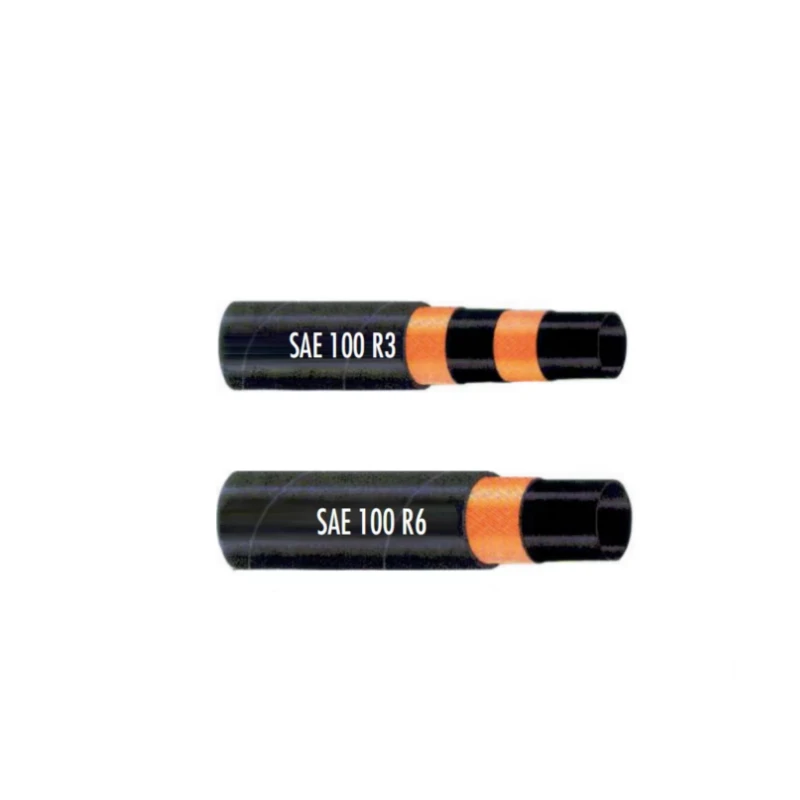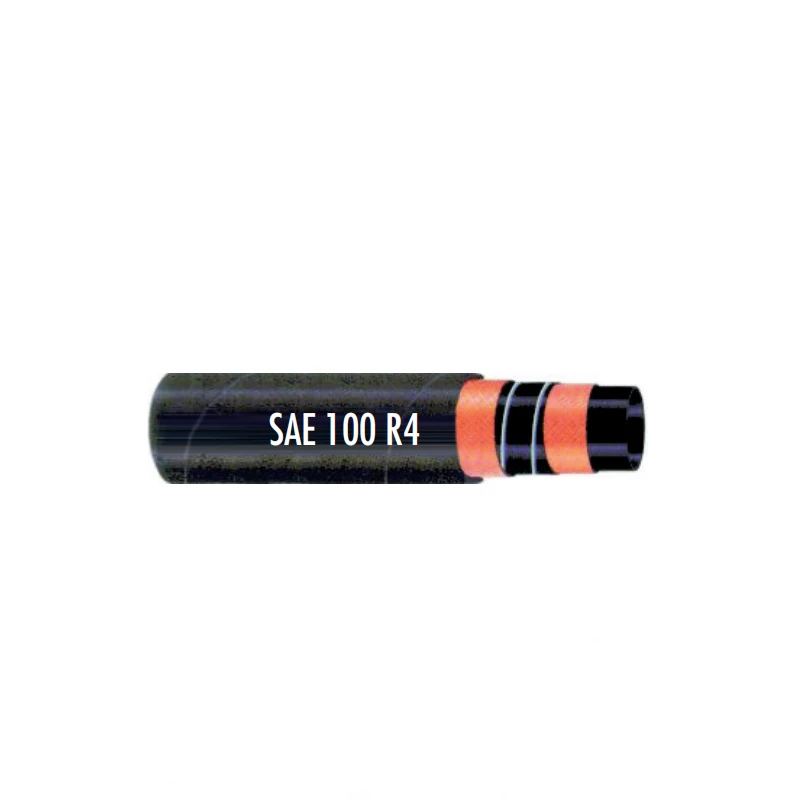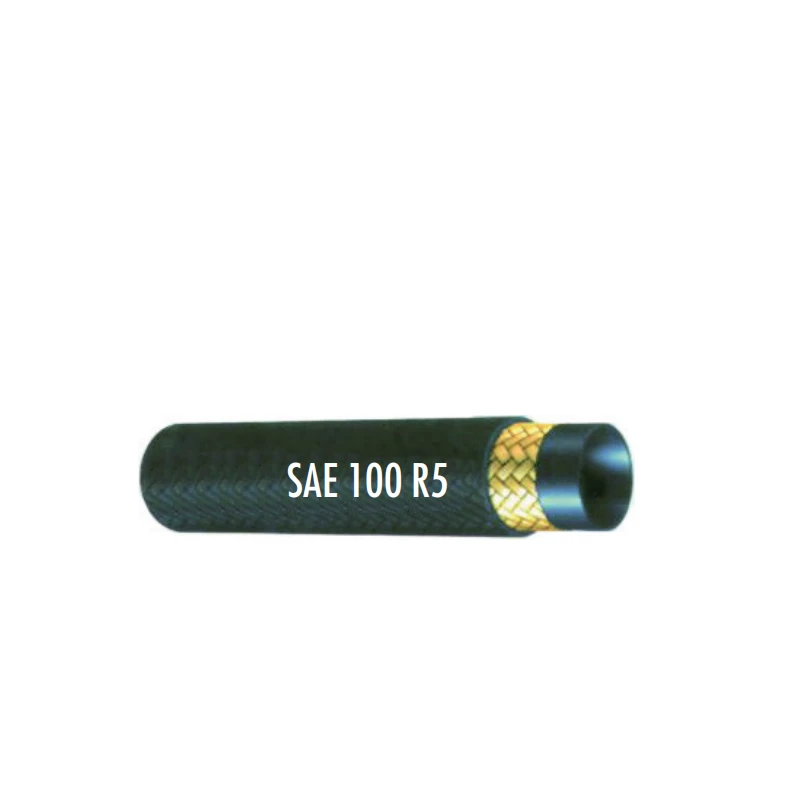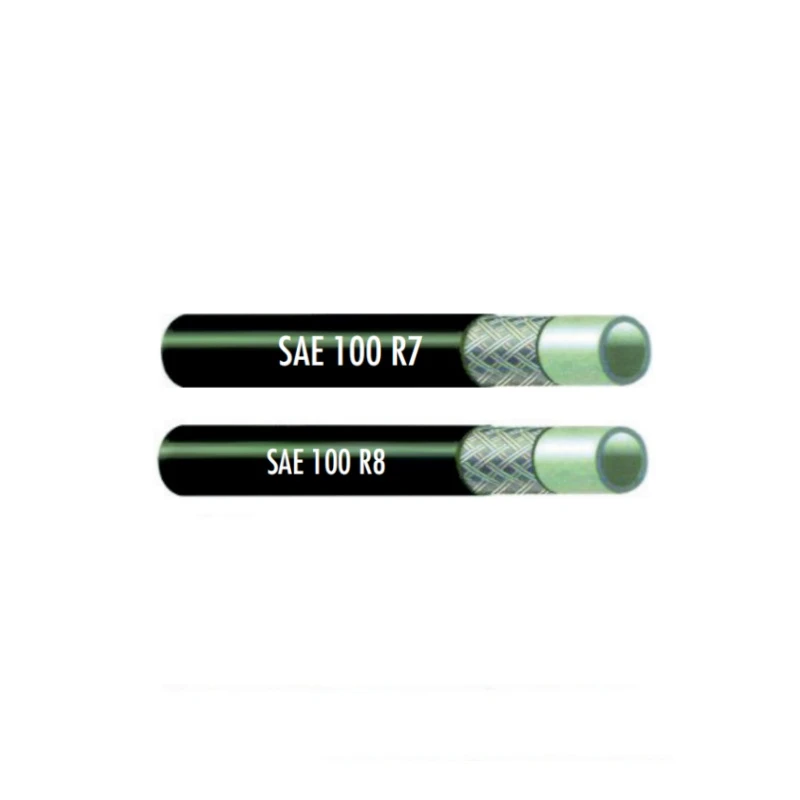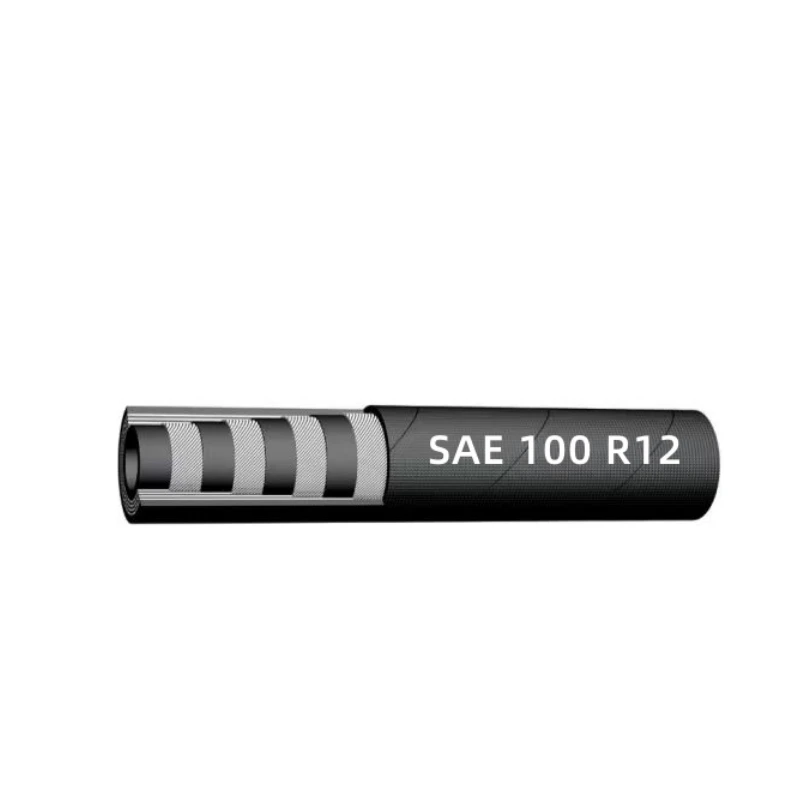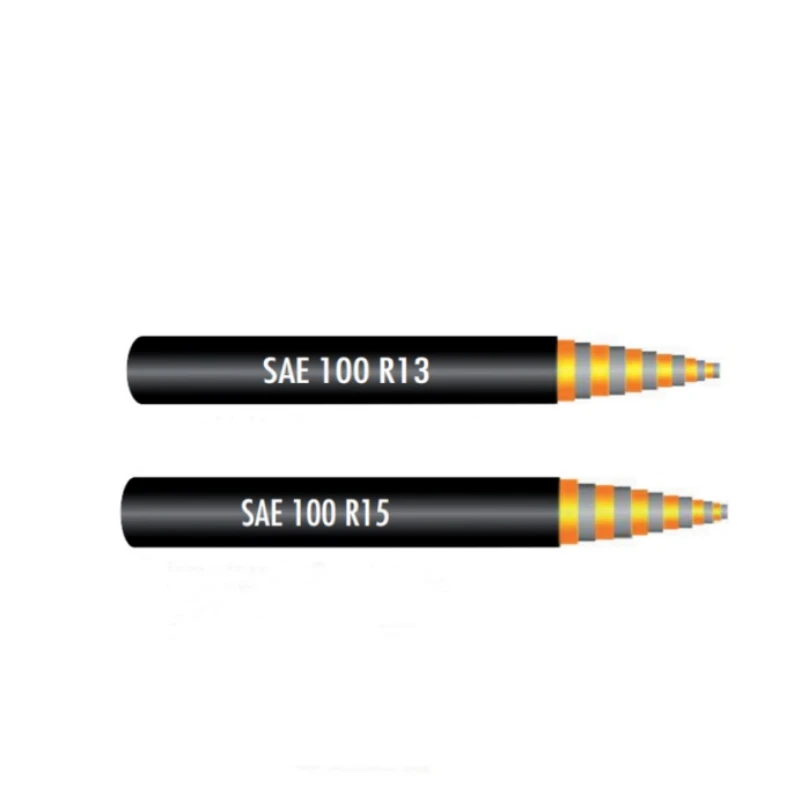
- Afrikaans
- Albanian
- Amharic
- Arabic
- Armenian
- Azerbaijani
- Basque
- Belarusian
- Bengali
- Bosnian
- Bulgarian
- Catalan
- Cebuano
- Corsican
- Croatian
- Czech
- Danish
- Dutch
- English
- Esperanto
- Estonian
- Finnish
- French
- Frisian
- Galician
- Georgian
- German
- Greek
- Gujarati
- haitian_creole
- hausa
- hawaiian
- Hebrew
- Hindi
- Miao
- Hungarian
- Icelandic
- igbo
- Indonesian
- irish
- Italian
- Japanese
- Javanese
- Kannada
- kazakh
- Khmer
- Rwandese
- Korean
- Kurdish
- Kyrgyz
- Lao
- Latin
- Latvian
- Lithuanian
- Luxembourgish
- Macedonian
- Malgashi
- Malay
- Malayalam
- Maltese
- Maori
- Marathi
- Mongolian
- Myanmar
- Nepali
- Norwegian
- Norwegian
- Occitan
- Pashto
- Persian
- Polish
- Portuguese
- Punjabi
- Romanian
- Russian
- Samoan
- scottish-gaelic
- Serbian
- Sesotho
- Shona
- Sindhi
- Sinhala
- Slovak
- Slovenian
- Somali
- Spanish
- Sundanese
- Swahili
- Swedish
- Tagalog
- Tajik
- Tamil
- Tatar
- Telugu
- Thai
- Turkish
- Turkmen
- Ukrainian
- Urdu
- Uighur
- Uzbek
- Vietnamese
- Welsh
- Bantu
- Yiddish
- Yoruba
- Zulu

May . 29, 2025 11:12 Back to list
Marine Engine Hose High-Performance Exhaust & Coolant Hoses
Did you know 43% of unscheduled vessel downtime stems from hose failures? Imagine losing $8,500/hour in operations because a $200 coolant hose burst. This isn't scare tactics - it's reality for 1 in 3 marine operators. Your marine engine hose
s aren't just rubber tubes; they're the vascular system keeping your vessel alive.
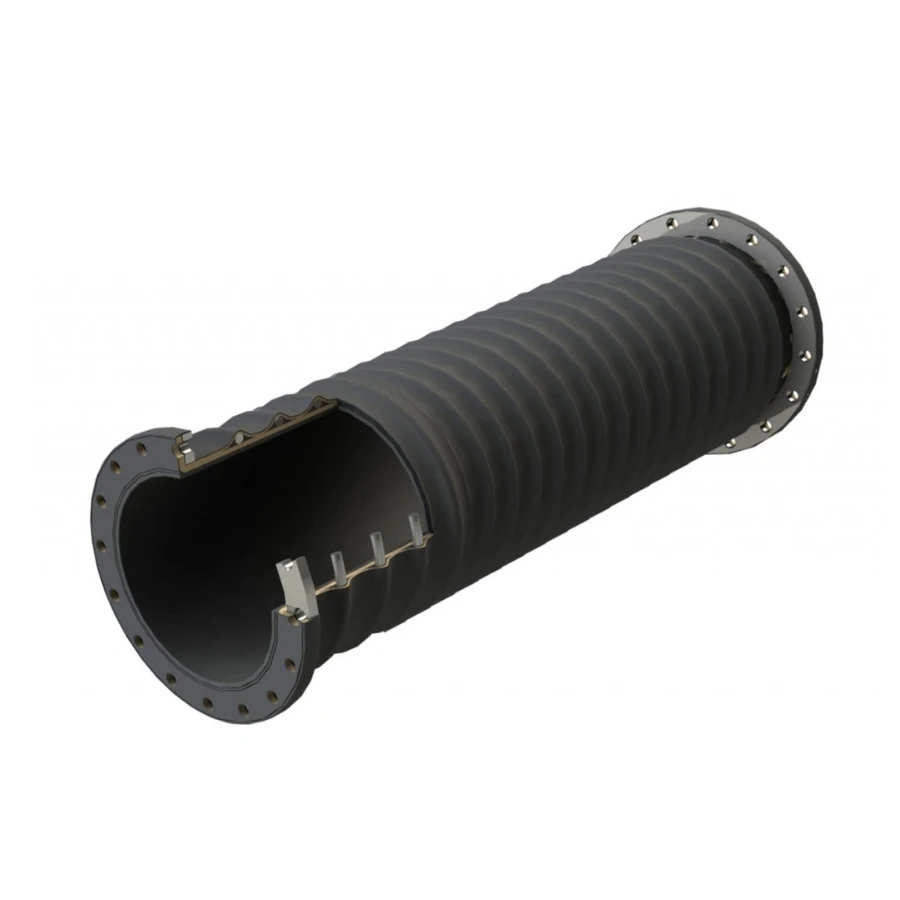
(marine engine hose)
Bulletproof Technology: What Sets Our Marine Engine Hoses Apart?
Our triple-layer reinforced hoses laugh at 250°F exhaust temps. While standard hoses last 2-3 years, ours average 7.5 years in saltwater trials. See the difference?
| Feature | Standard Hose | Our Hose |
|---|---|---|
| Max Temp Resistance | 180°F | 250°F |
| Warranty | 1 year | 5 years |
The Naked Truth: Why Pay 20% More for "Big Brand" Hoses?
We tested Brand X hoses under identical conditions. Results? Their exhaust hoses cracked 3x faster in thermal cycling tests. You're paying for legacy ads, not legacy quality.
Your Ship, Your Rules: Custom Hose Solutions in 72 Hours
Need odd-angle coolant hose routing? We laser-scan your engine layout. 95% of custom orders ship faster than competitors' standard lines.
Proven in Battle: Case Study from Gulf of Mexico Tugboats
Coastal Marine Services slashed hose-related downtime by 68% after switching. Their chief engineer said: "We stopped playing hose roulette."
Ready to Anchor Your Reliability?
For 20 years, MarineForce Hoses has armed 14,000+ vessels with indestructible plumbing. Why settle for "good enough" when you can have hose immortality?
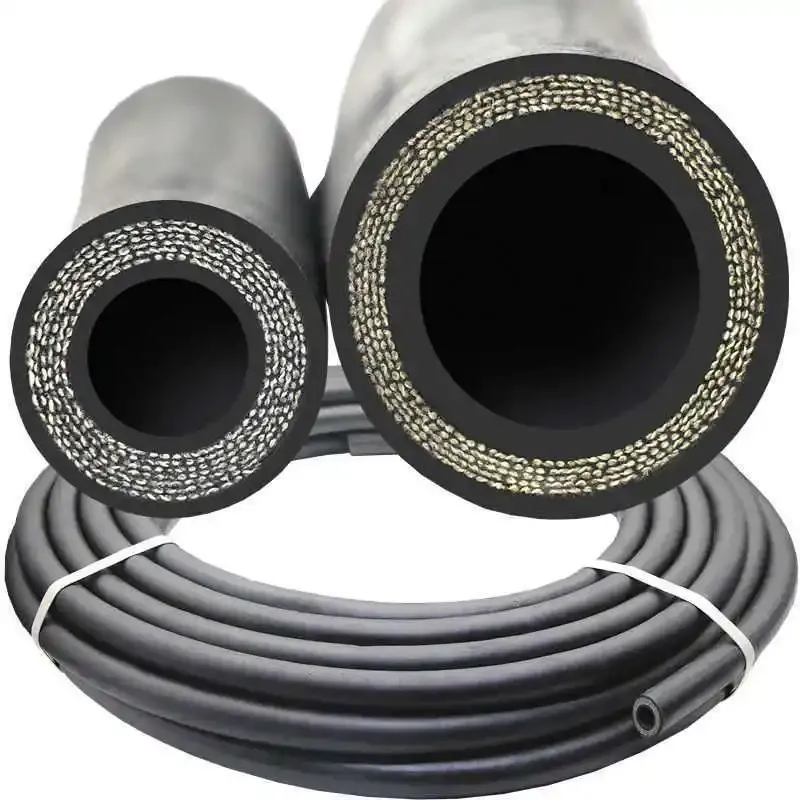
(marine engine hose)
FAQS on marine engine hose
Q: What materials are marine engine hoses typically made from?
A: Marine engine hoses are usually constructed from durable, corrosion-resistant materials like reinforced rubber, silicone, or thermoplastic. These materials withstand harsh marine environments, including exposure to saltwater, UV rays, and extreme temperatures.
Q: How often should marine engine exhaust hoses be inspected?
A: Marine engine exhaust hoses should be inspected every 6-12 months for cracks, leaks, or soft spots. Immediate replacement is required if wear or damage is detected to prevent carbon monoxide risks or engine failure.
Q: Can marine engine coolant hoses handle high-pressure systems?
A: Yes, marine engine coolant hoses are designed to handle high-pressure cooling systems. They feature reinforced layers to resist bursting and maintain efficient heat transfer in marine engines.
Q: What distinguishes marine engine exhaust hoses from standard hoses?
A: Marine engine exhaust hoses are specifically engineered to endure extreme heat (up to 250°F/120°C+) and corrosive exhaust gases. They often include heat-resistant liners and stainless-steel wire reinforcement for added durability.
Q: Are marine engine coolant hoses compatible with all antifreeze types?
A: Most marine engine coolant hoses are compatible with ethylene glycol or propylene glycol antifreeze. Always check the manufacturer’s specifications to ensure compatibility and avoid chemical degradation.
Latest News
Steel Wire Reinforced Hydraulic Hose SAE 100 R1 / EN853 1SN S
NewsOct.17,2024
Two Layers Steel Wire Reinforced Hydraulic Hose SAE 100 R2 / EN853 2SN
NewsSep.03,2024
Textile Braid Reinforced Hydraulic Hose SAE100 R3+R6
NewsSep.03,2024
Textile Reinforced Hydraulic oil Suction Hose with embedded Steel Wire SAE 100 R4
NewsSep.03,2024
Single Wire Braid and Textile Covered Hydraulic Hose SAE 100 R5
NewsSep.03,2024
High Pressure Thermoplastic Hydraulic Hose SAE 100 R7 / EN855 R7 - SAE 100 R8 / EN855 R8
NewsSep.03,2024
Heavy Duty Four-layer Steel Wire Spiral Reinforced Hydraulic Hose SAE100R9+R10+R12
NewsSep.03,2024
Heavy Duty Multi-layer Steel Wire Reinforced Hydraulic Hose SAE100R13 SAE100R15
NewsSep.03,2024
Latest Products
